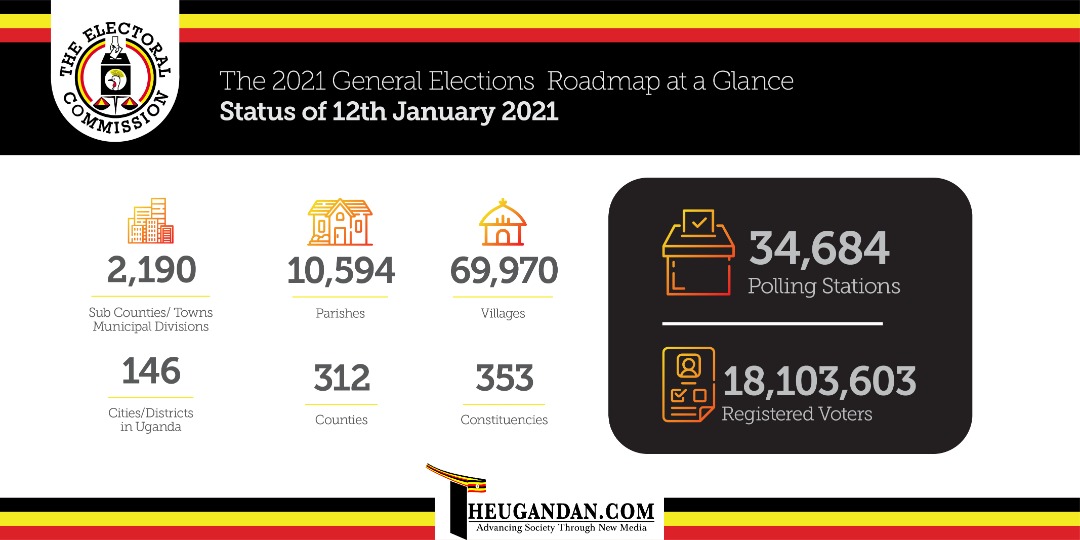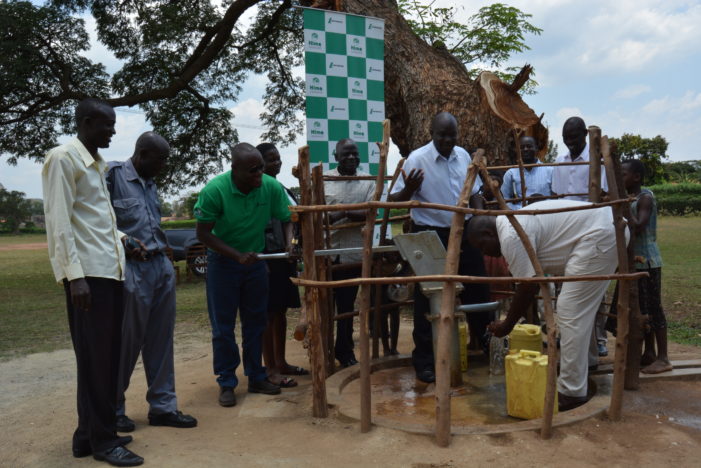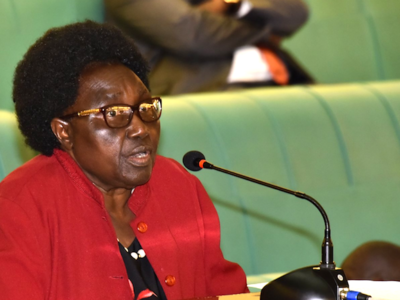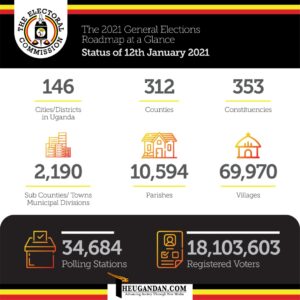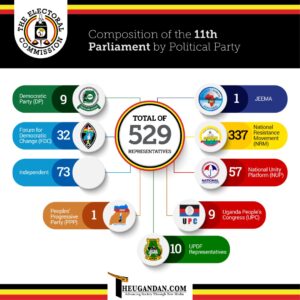Aturukuku Primary School that has a population of 556 pupils
In a move aimed at increasing access to safe drinking water in communities living around its areas of operation, Hima Cement Litd has donated boreholes to Tororo town’s Western Division.
The boreholes were handed over to the benefiting communities with support from Mzee Ahmed Jamal, the LC3 chairperson of Tororo Western Division and his team.
One of the boreholes is located at Aturukuku Primary School that has a population of 556 pupils while the other one is located at Zone B, Tororo town. The boreholes will also serve the neighboring communities.
Speaking at the handover ceremony, Patrick Waswa, Hima’s Logistics Director they have invested in uplifting communities and will continue to invest in areas that bring about a positive change to the livelihoods of the people living around its areas of operation.
“As Hima Cement, everything that we do is centered on keeping our people safe. We know that access to clean and safe water is one of the catalysts for development in any community. These boreholes are therefore a starting point towards keeping our communities safe,” he explained.
Domaiza Abdul, the Headteacher at Aturukuku Primary School expressed joy on officially receiving one of the boreholes.
Uganda’s water & sanitation crisis
Access to safe water supplies throughout Uganda is 65%. Although the number of people with access to safe water and sanitation has improved over the past 10 years, there are still many communities (both rural and urban) that rely on contaminated water sources such as streams and open wells. More than half of all residents in Uganda do not have access to improved sanitation, sharing overcrowded pit latrines or practicing open defecation.
In unplanned urban settlements near Kampala, residents pay up to three times more for safe tap water than residents living in planned urban communities. As a result, residents collect water from alternate contaminated sources. This causes frequent outbreaks of waterborne diseases such as cholera and dysentery.
